The “heart” of a new energy vehicle lies in its three main components: battery, motor, and electronic control system. Lithium iron phosphate batteries are robust and durable, while ternary lithium batteries offer longer range. Permanent magnet synchronous motors are highly efficient and energy-saving, and dual motors provide a powerful acceleration. The electronic control system acts as a behind-the-scenes general, using silicon carbide and intelligent algorithms to achieve faster charging and lower energy consumption. Understanding these components will prevent you from being misled when buying a car and make car ownership more worry-free!
What is the “heart” of a new energy vehicle? Disassembling the battery, motor, and electronic control system will help you understand and make informed decisions when buying a new energy vehicle.
Hey everyone, today we’re not talking about fluctuating oil prices or frustrating traffic jams; let’s get down to business—the “heart” of new energy vehicles. Did you, like me, initially focus only on the “500km range” claim when looking at new energy vehicles, only to find that this figure is halved in winter? Or perhaps you heard that your neighbor’s car charges incredibly fast, while yours charges slowly, and you’re thinking: “We’re both electric cars, so why is there such a big difference?” To put it simply, whether the range is reliable, the charging speed is fast, and the power is strong—all these things depend on the performance of the “three-electric system.” This “three-electric system” refers to the battery, motor, and electronic control system, considered the “three major components” of a new energy vehicle, even more crucial than the engine and transmission. Without understanding them, buying a car is like opening a blind box; you might spend a lot of money and still end up making a mistake. Don’t panic! Today, I’ll act as a “veteran driver’s science enthusiast” and break down this “heart” for you, ensuring you have a clear understanding and won’t get lost when choosing a car!
Let’s start with the energy reservoir of this “heart”—the battery system. Isn’t it just a large power bank? Well, believe it or not, the principle is the same, but there’s a lot more to it than meets the eye.
Currently, there are two main types: lithium iron phosphate and ternary lithium. One is like an “honest person”—safe, durable, and low-cost, but its power drains quickly in winter; the other is like a “high achiever”—high energy density, long range, but more expensive, and its safety relies on design improvements. Which one to choose?
It depends on what you value most. For example, if you mainly commute in the city and occasionally take short trips, a lithium iron phosphate battery is robust and durable, and should last seven or eight years without problems. But if you frequently drive long distances and prioritize maximum range, a ternary lithium battery might be more suitable.
However, battery type alone isn’t enough; the cooling method is crucial! Think about it: batteries generate heat during operation, and in the summer sun, the temperature rises, which can affect lifespan or even cause spontaneous combustion.
Currently, there are air cooling and liquid cooling. Air cooling is like a fan for the battery—low cost but generally ineffective. Liquid cooling, on the other hand, is like an “air conditioner” for the battery, wrapped in coolant pipes, cooling it quickly and evenly. Let me tell you, for the same 500km range, a car with a liquid-cooled battery will experience less range loss in winter and faster charging in summer. Anyone who has driven one understands the difference.
Then there’s the BMS (Battery Management System), which acts like a “personal butler” for the battery, constantly monitoring the voltage and temperature of each cell to ensure they all operate at the same pace, preventing some from overworking while others remain idle. If the BMS (Battery Management System) is inadequate, battery life will be significantly reduced, truly a case of “saving a little money but spending a lot more.”
Let’s talk about the “heart” of the machine—the electric motor system. This is the “powerhouse” that converts electrical energy into the rotational energy of the wheels. Currently, permanent magnet synchronous motors are the dominant type on the road. Why? High efficiency, easily exceeding 90%, far surpassing the 30% efficiency of internal combustion engines. They are also small in size, have high power density, making the car lightweight and powerful. However, they use neodymium iron boron permanent magnets, which are expensive and susceptible to demagnetization at high temperatures.
Another type is the asynchronous induction motor, which has a simple structure, low cost, and good high-speed performance, but its efficiency is relatively lower. It’s generally used in cost-sensitive models or those prioritizing high-speed performance. Many cars now feature “dual motors,” one for the front wheels and one for the rear wheels, achieving four-wheel drive, resulting in incredibly powerful acceleration and a strong sense of push-back.
But you must understand that the performance of an electric motor depends not only on the motor itself but also on its coordination with its “teammates.” For example, electric motors now often feature “integrated design,” packaging the motor, reducer, and electronic control unit (MCU) into a single module. This not only saves space but also reduces energy loss and improves efficiency. It’s like a team: individual efforts are inefficient, while close collaboration is essential for victory.
Finally, and most easily overlooked, is the “brain”—the electronic control system. If the battery is the granary and the motor is the soldiers, then the electronic control system is the strategist. It coordinates the operation of the entire “three-electric” system (battery, motor, and electronic control unit). The core is the power module, now used in high-end vehicles as silicon carbide (SiC), which has lower losses and higher efficiency than traditional IGBTs, directly resulting in faster charging and lower energy consumption. The electronic control system also contains core algorithms, such as energy management, which determines how electricity is distributed when you press the accelerator and how regenerative braking intervenes when you release it. Too much regenerative braking causes excessive “dragging,” making driving sluggish; too little wastes energy. A good electronic control system makes regenerative braking almost imperceptible, resulting in a smooth and energy-efficient ride.
There’s also thermal management, which manages not only the battery but also the temperature of the motor and electronic control module. It cools in summer and heats in winter. Especially in winter, a good thermal management system can coordinate with the air conditioning to use the motor’s waste heat to heat the battery and cabin, significantly reducing the power consumption of the energy-guzzling air conditioning and thus preserving the driving range. Another example is fault diagnosis. If the system malfunctions, such as an insulation fault, it can immediately sound an alarm or even cut off high-voltage power to protect you and the vehicle. Therefore, the electronic control system is the “unsung hero”—it works silently but determines every aspect of your driving experience.
After discussing all this, do you have a deeper understanding of the “heart” of new energy vehicles? Understanding the “three electrics” (battery, motor, and electronic control system) isn’t just about becoming a tech geek; it’s about avoiding being misled by flashy marketing claims when buying a car. Don’t just look at the driving range; ask more questions like: “What type of battery is it? Liquid-cooled or air-cooled? Is the motor a permanent magnet synchronous motor? Does the electronic control system use SiC?” Asking these questions lets the salesperson know you’re knowledgeable, and they’ll provide more reliable information.
When using your car, knowing that batteries are sensitive to cold, you can preheat them with an app before charging in winter; knowing that regenerative braking saves electricity, you can adjust the intensity according to road conditions. When repairing your car, if the range suddenly drops significantly, don’t rush to replace the battery. It might be that the BMS needs calibration, or the cooling system is clogged. Cleaning it up can save you thousands of dollars. See, understanding some basic “three-electric” principles (battery, motor, and electronic control system) can save you money and worry at every stage, from buying, using, to repairing your car.
So, returning to the initial question, what is the “heart” of a new energy vehicle? The answer is the battery, motor, and electronic control system—the “three-electric” system. They work together, and none can be missing. Understanding them is key to truly understanding the value of a new energy vehicle.

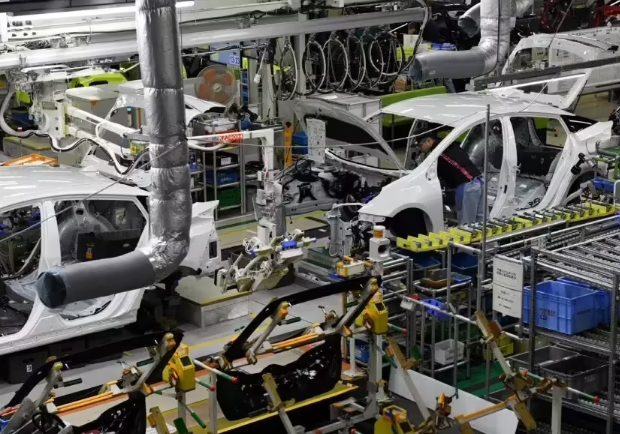

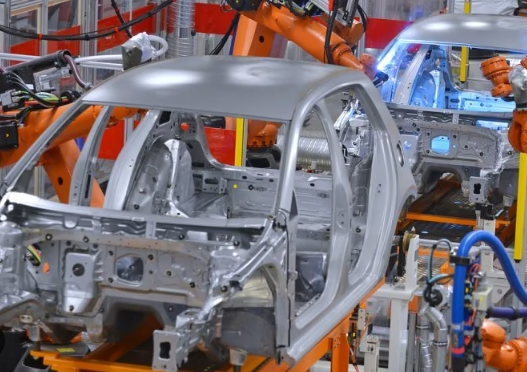
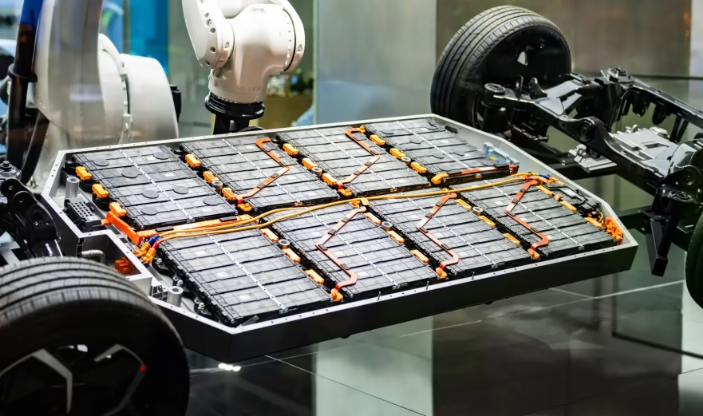
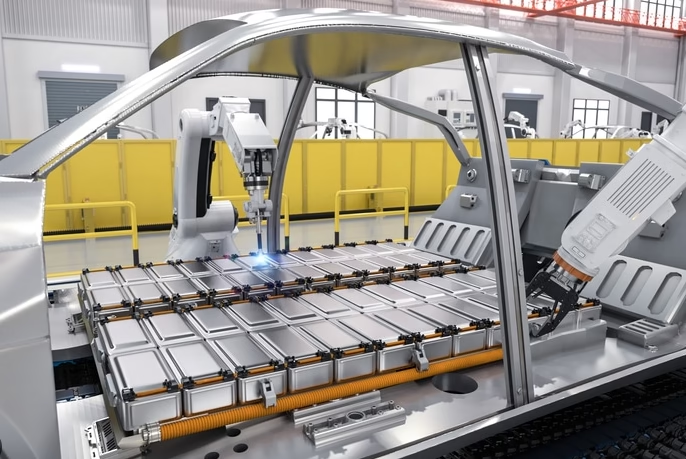
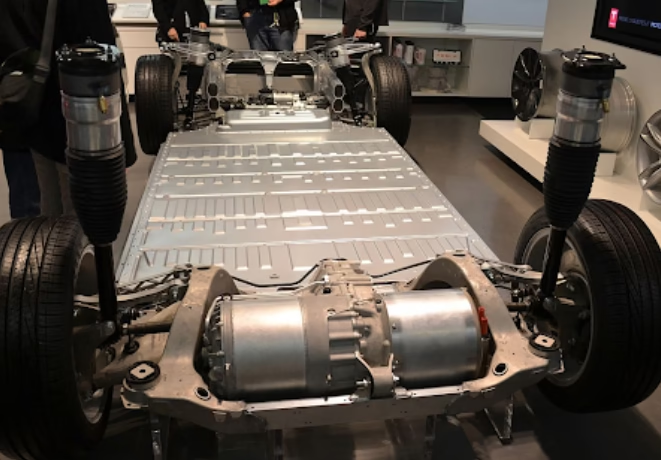
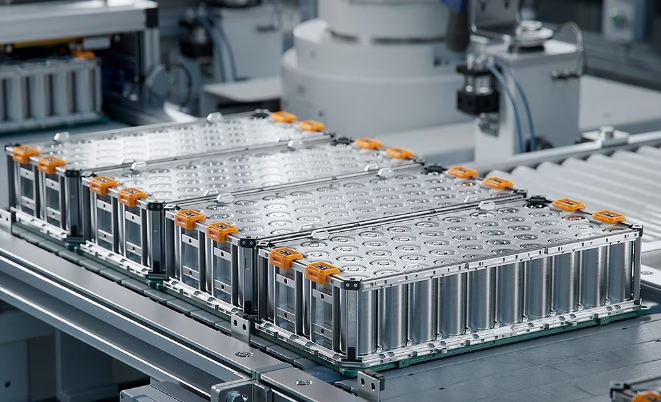
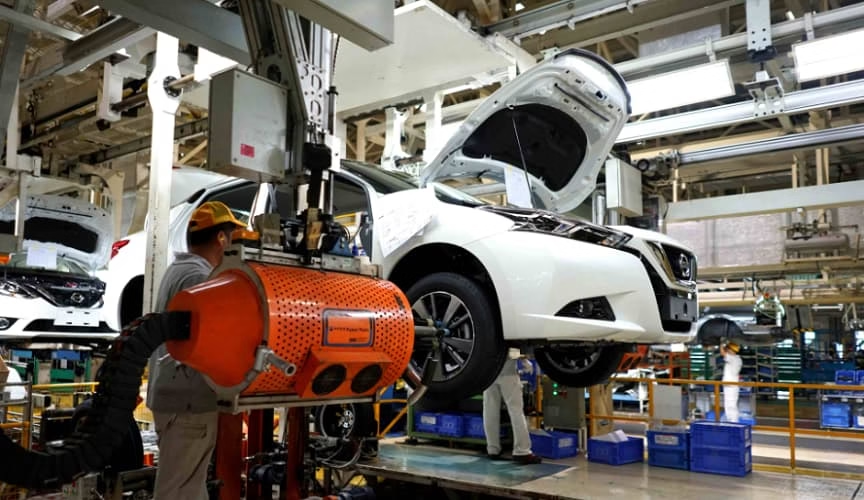
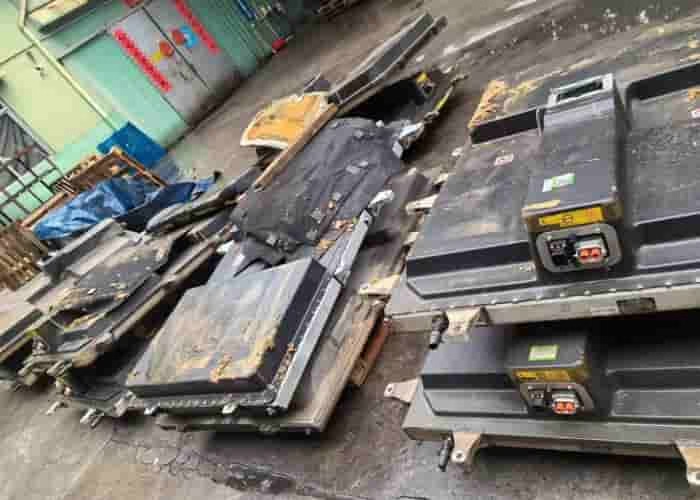
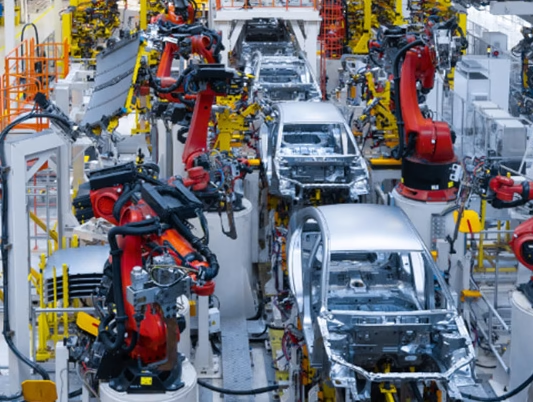
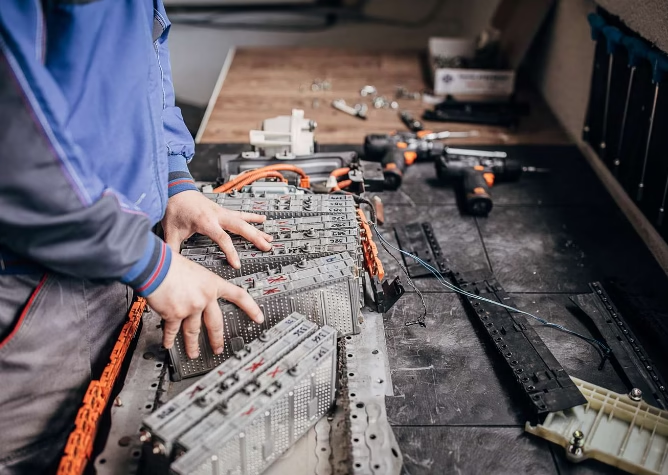
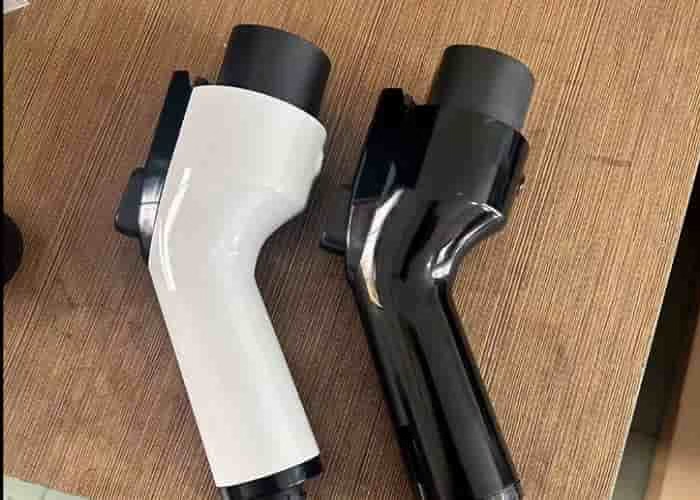


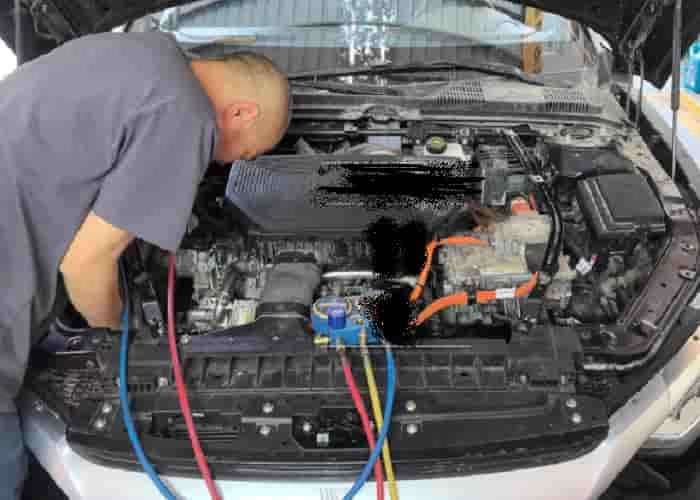
Leave a Reply